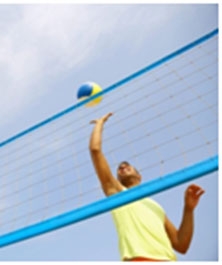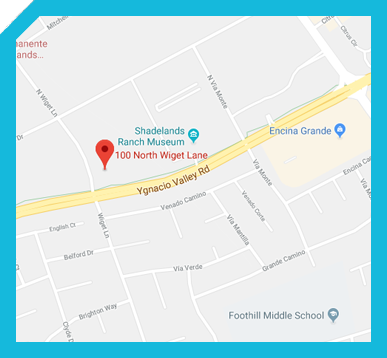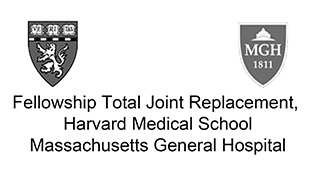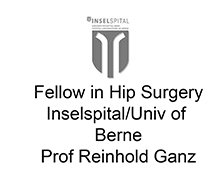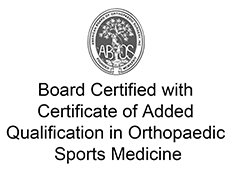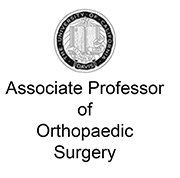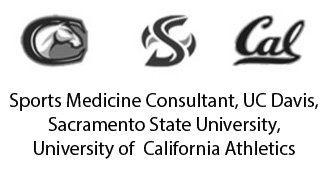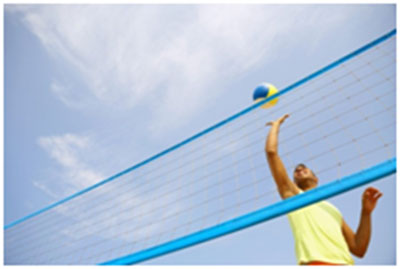
The rotator cuff is a group of muscles located around the shoulder joint. The rotator cuff helps to initiate the movement of our shoulder and arm upward. With higher amounts of activity or injuries, the rotator cuff muscles can tear from their attachment on our upper arm bone, called the humerus. A rotator cuff tear is a common injury that usually weakens the shoulder for upward motion. Rotator cuff tears can also limit the degree to which you can raise the arm. In many cases, the weakness for elevating and rotating the arm occurs along with pain.
Physical Stress
The rotator cuff is comprised of four tendons that cover the head of the humerus bone, the ball-like structure that fits into the socket of the shoulder called the glenoid. When one of these tendons becomes frayed or torn, the shoulder can lose its normal smooth function. Vigorous physical activity is a typical cause of rotator cuff tears. In addition, a majority of people 60 years or older have some degree of damage to their rotator cuff tendons, even if they have no pain. These tears can happen both in relatively sedentary patients as well as those with highly physical jobs. Many people have no symptoms and can live with the condition without discomfort or inconvenience.
Partial vs. Full-thickness Tears
Rotator cuff tears can be either partial or full-thickness. Partial tears are noted when there is a lot of fluid seen in the tendon on the MRI. They also can be seen if the tendon is very thin at its attachment, indicating that at least part of the tendon has torn. Full-thickness tears are more serious. They occur when the entire tendon has pulled off the humerusbone.
Painful Progression
Partial thickness rotator cuff tears can usually be treated without surgery. Patients will often feel discomfort and may experience persistent loss of range of motion. In contrast, full-thickness tears usually need treatment. Ignoring a full-thickness tear can have more significant consequences. If a full-thickness tear is left untreated, two common issues can come up. One is that the rotator cuff muscles can become filled with scar tissue and fat and eventually lose their flexibility, making repair impossible at that point. This process could take several years. The second issue is that the joint can progress more quickly toward arthritis. This type of arthritis is called “rotator cuff arthropathy.” If this type of arthritis progresses and remains painful, shoulder replacement may be the only option for treatment.
Course of Treatment
In almost all cases the injury can be treated conservatively with exercise, physical therapy and cortisone injections. In more advanced cases, there is a minimally invasive surgery that can be performed. This is called an arthroscopic procedure. In arthroscopic procedures, a tiny camera inserted through 2-4 small incisions allows our team to debride or repair the tendon with a high degree of security.
Physical therapy is another important part of the treatment either prior to or after surgery. You will be instructed on how to safely move the shoulder. As the weeks go by after surgery, the physical therapy is transitioned to a home exercise program.
Cortisone injections are sometimes used to complement physical therapy. This steroid medicine reduces inflammation, swelling and levels of pain when injected close to the tear. There has been some recent concern about giving an injection at the site of a rotator cuff repair that will need to be repaired. Some large studies suggest that those tears that undergo repair after cortisone injection have a higher failure rate of the repair (lack of tendon healing) relative to repairs in shoulders than have not received cortisone.
If the injury has not responded to the nonsurgical treatments, we would usually suggest arthroscopic surgery. This is an outpatient surgical procedure. Guided by a very small camera, our team uses special instruments to reattach the rotator cuff tendon back to its normal attachment point. In some cases, a repair is not necessary and the torn tissue simply needs to be debrided or removed. With a debridement, the damaged part of the tendon is cut away with a metal suction cutter called a shaver.
For more information on causes and treatment of rotator cuff tears, please request an appointment with Dr. Amir Jamali. Call or email Joint Preservation Institute today to schedule your visit to our Sacramento or Walnut Creek office.








 Rotator Cuff Tears
Rotator Cuff Tears 